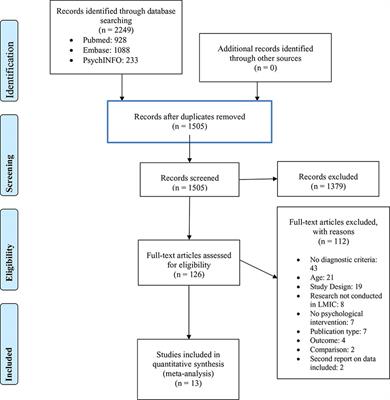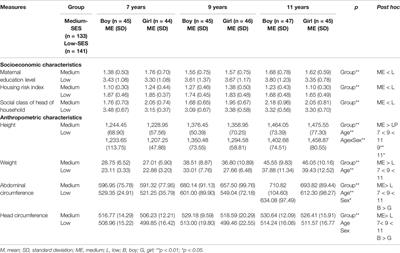EDITORIAL
Published on 05 Feb 2021
Editorial: Strengthening Child and Adolescent Mental Health (CAMH) Services and Systems in Lower-and-Middle-Income Countries (LMICs)
doi 10.3389/fpsyt.2021.645073
- 2,206 views
- 10 citations
36k
Total downloads
160k
Total views and downloads
EDITORIAL
Published on 05 Feb 2021
ORIGINAL RESEARCH
Published on 31 Jul 2020

SYSTEMATIC REVIEW
Published on 18 Mar 2020

PERSPECTIVE
Published on 20 Feb 2020

SYSTEMATIC REVIEW
Published on 18 Feb 2020

ORIGINAL RESEARCH
Published on 14 Feb 2020

ORIGINAL RESEARCH
Published on 17 Dec 2019
ORIGINAL RESEARCH
Published on 26 Nov 2019
ORIGINAL RESEARCH
Published on 20 Nov 2019
SYSTEMATIC REVIEW
Published on 13 Nov 2019
BRIEF RESEARCH REPORT
Published on 11 Nov 2019
POLICY AND PRACTICE REVIEWS
Published on 31 Oct 2019
